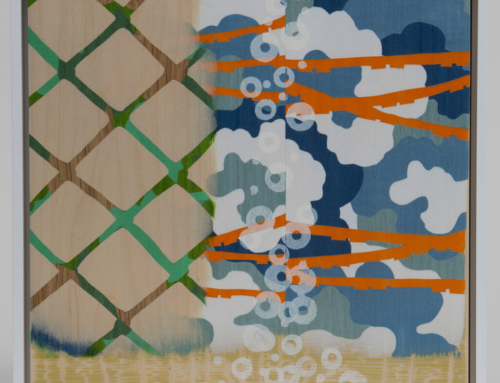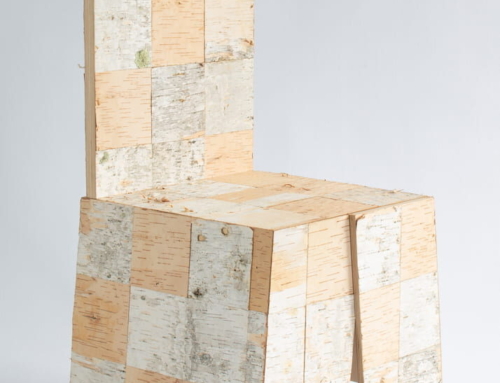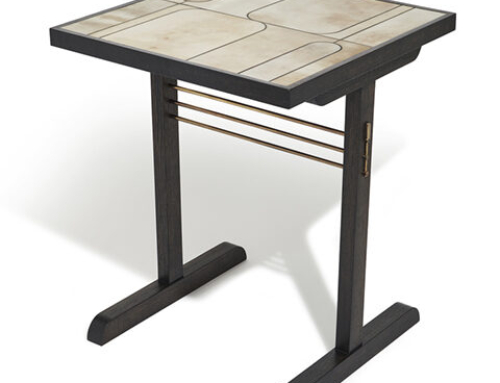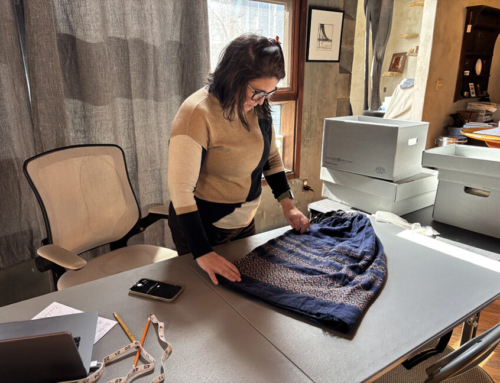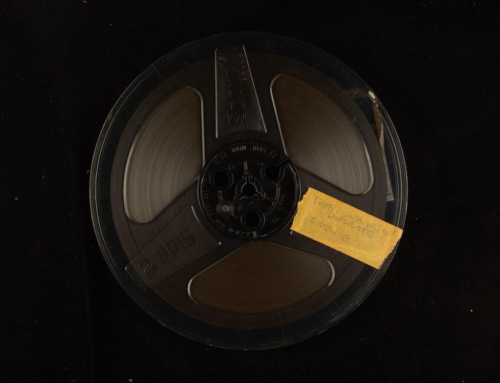Renewal: WEM’s 31st Juried Woodworking Exhibition is now on view, with the prizewinning works displayed onsite in our Visitor Center, and the complete show available as a virtual exhibition and accompanying publication. Renewal appears in many forms throughout Esherick’s career, whether through personal journeys that led him to new materials and media, renewed uses for found objects — as seen in his Hammer Handle Chair and Wagon Wheel Chair — or by his renewed take on the very definitions of sculpture, furniture and architecture. The enthusiastic response to this open call for entries reveals just how resonate the theme of renewal remains for contemporary makers. Each artist approached renewal from a unique perspective, and while the works all contain wood in some way, the final pieces offer interpretations ranging from material properties, historical resonance, inherent narratives, and metaphorical potential.
Over the course of the exhibition, which is on view through September 7, 2025, we are delighted to share a little more about our prizewinning artists with you. We asked each of them a few questions and learned a bit more about their work, practice, and lives. We hope you enjoy our conversation below with Eva Sturm-Gross, the third place prizewinner in the Renewal exhibition.
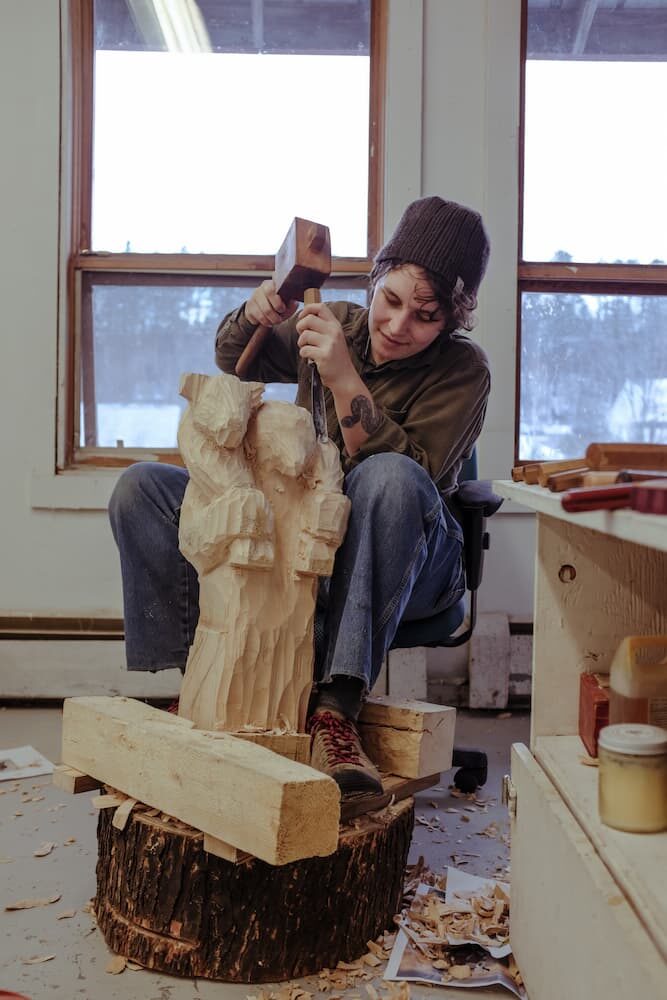
Can you give us an overview of your pieces The Ass and D-g Days and what you were thinking as you made each of them?
A lot of my works originate from a combination of theological and academic interests and when I see something in the world it ignites that research or knowledge and becomes a kind of symbol cluster that goes into the art. For The Ass, I have been interested in messianic narratives and while travelling I saw a few medieval German sculptures of Jesus astride a donkey. I am always very excited by medieval art. These Jesus on-a-donkey sculptures are called palmesels. They were paraded in the streets for Palm Sunday processions and they really captured my attention. The sculptures themselves are in reference to a line in the bible that describes the Messiah arriving on a donkey. I made my own version of this sculpture but with the bird’s head, a habit I have been getting into that’s a kind of homage to a historical Jewish aversion to depicting human faces for fear of idolatry. D-g Days is a more studied piece which has a lot to do with understandings of gender of a cosmic level as described by the great mystical work Sefer Ha Zohar or the Book of radiance. The sculpture is a dog which is subtly, and a bit blasphemously, standing in for G-d which has a scroll emerging from its belly with seven circles depicting the seven days of creation. When I am making work I think a lot about this Talmudic tool for bible interpretation called PaRDeS. This is an acronym and it basically refers to four interpretive levels which are present in every verse ranging from the very plain and obvious meaning of a text down to the most elusive and mystical. The key however is that every single level can function independently of each other which not only allows the text to hold a vast amount of contradiction, but it also gives permission to understand and take meaning at whatever level one is on. I think about this a lot because I know that much of the subtext that goes into my work is not necessarily accessible to the average viewer. But I am hoping that on a level of craftsmanship, beauty and a resonance towards symbolism that exists in a collective subconscious, meaning can still be made.

Eva Sturm-Gross, The Ass, 2024. Carved wood, 24 x 6 x 30 inches.

Eva Sturm-Gross, D-g Days, 2023. Carved wood, relief printing on fabric, 24 x 5 x 12 inches.
Tell us a bit more about your background. What brought you to creating art in general, and to working with wood in particular?
I have been very fortunate to have two artists for parents and that was so helpful in encouraging me towards art. My dad is a cartoonist and so I grew up drawing a lot and being surrounded by a lot of comics and cartoonists. This gave me an early glimpse into just how wide the horizons are in being able to tell stories through imagery. I started wood carving as a kid. I got my first little pocket knife when I was little, maybe six or seven, and I loved to make sharpened sticks. I carved my first spoon at summer camp a couple years later. Carving was always something in the background of my life, I grew up in Vermont so wood was always abundant and I spent a lot of time outside with a knife on me. For me there is nothing in our world as magical as the forest, the ultimate source of artistic inspiration! I went on to make little animals, puppets, etc. but it wasn’t until more recently that I began to center woodcarving in my practice. In undergrad I started printmaking. Something about relief printmaking was a real ‘aha’ moment for me. I had done painting, drawing, even some intaglio but carving an image reductively unlocked a potential of image-making that could hold my ideas much more simply and substantially. In undergrad I also started learning more traditional woodworking skills. I realized that a certain kind of rigor around process and craft was integral to my work, in both form and meaning. I think on some level there was no other option than to pursue art, it’s just what I was always going to do.
When did you first learn about Wharton Esherick? What about his work did you find interesting or inspiring? If you’ve been to the Studio, do you have a favorite room or piece?
I first learned about Wharton Esherick when I was at the Penland Winter Residency and had very good fortune to share the woodshop with Larissa Huff. Larissa works at the Wharton Esherick Museum and was also in charge of its social media. I remember Larissa trying to decide which woodcut of Esherick’s to post that month. I was very much taken with his woodblock prints, I loved the way he depicted natural landscapes, the simplicity and texture. It felt like he was really using the medium to its fullest, and wasn’t trying to make it be something else. I was reminded of an old-school printmaker from Vermont, Mary Azarian, who made prints depicting rural scenes that are always so nostalgic for me. Actually going to Esherick’s Studio was amazing! It wasn’t so much that I had a particular favorite place or room, but I was obsessed with the cohesion of the entire space. How everything was suffused with his work and intention. I had just been thinking a lot about auras (in a Walter Benjamin rabbit hole) and I felt like the aura of the museum was so palpable and magnified by having his life and work all together in this way.

Both of your pieces in the exhibition draw on symbols and stories from religious texts and traditions. What interests you about working within these theological narratives? Are there particular themes that resonate with you?
I first came to theology academically and it opened up a vocabulary I hadn’t even known I was searching for. I grew up Jewish going to a Reform Temple and went to a Waldorf school and these two things were the extent of my religious education until college. As a kid I was always hoping that I would find a portal to another world, theology is like the portal to a different dimension of the world we already live in. Within that dimension there are a lot of areas that have fascinated me. I started off being very interested in gender, and the ways that femininity in a religious schema was associated with the immanent and earthly (as opposed to the transcendent). Going from there I have been interested in the idea of Exile, on a divine level. In Judaism there is this idea that the feminine Divine is in Exile from the masculine Divine and our world and humanity collectively exists as a result of that Exile and our purpose is to relieve it. That relief is the advent of a Messianic Age the ideas of which has been my most recent interest. It has been a new challenge to be bringing in these narratives at this moment in history, when Jewish exile and redemption is feeling all too heavy under the weight of the atrocities in Gaza. I want to present a different narrative that is very much rooted in Jewish theology but is concerned with a living G-d at play in the Exiled world instead of the spiritual corruption of nationhood.
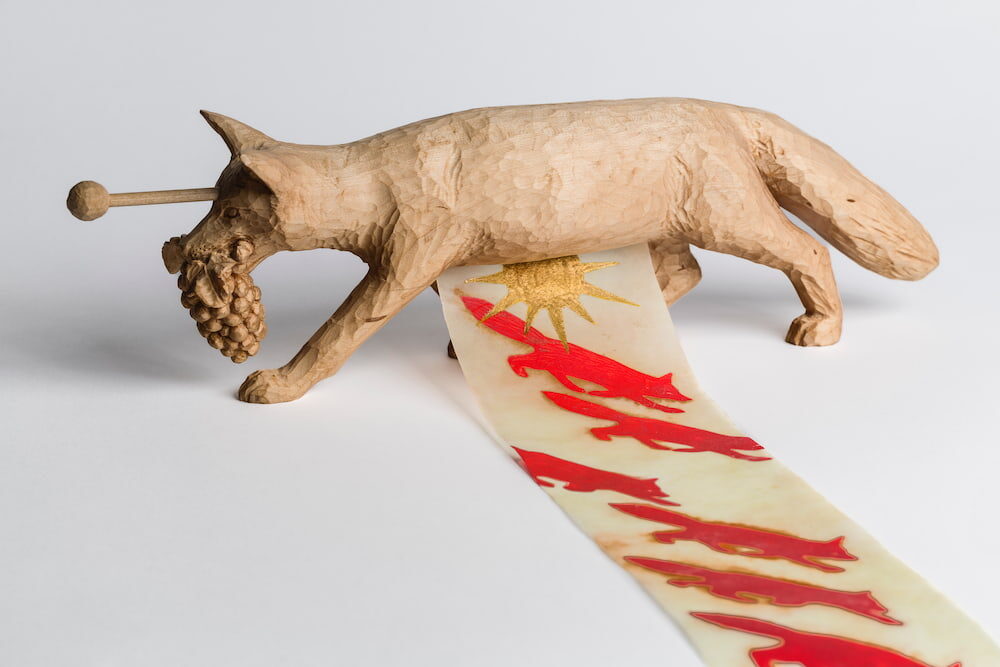
In addition to carving wood sculptures, printmaking plays an important role in your creative life — as it did for Esherick. Can you talk a little bit about your studio practice more broadly? How do you see these and other mediums you explore — like comics — in conversation with each other?
I love being able to work two and three dimensionally! I am very concerned with narrative, as I have mentioned comics has been a part of my life. In printmaking and drawing I am able to try out ideas more loosely and build up the myths within the world of my work. To me its all taking place within the same universe and, like Esharick, by having the prints and sculptures all inhabiting the same space the aura of the work becomes more potent. Because I work in very process oriented mediums I have to have projects pretty planned out before I start them. I do a lot of research and drawing and then things become sculptures, prints, or both. I work intuitively as in I try to open myself up to what catches my attention and be patient until it clicks into place, sometimes that can take a little while.
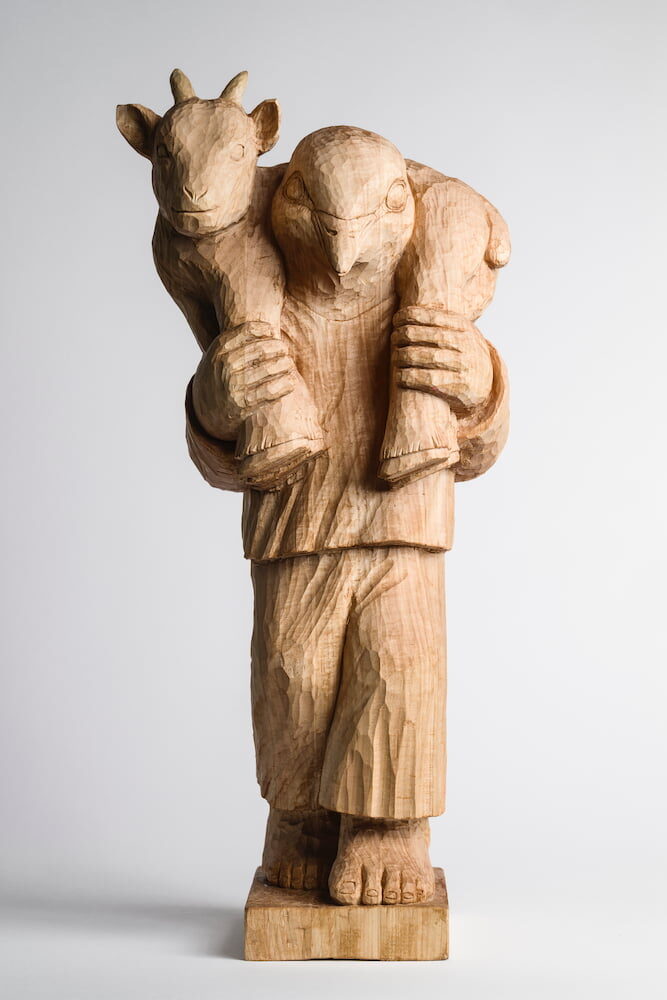
We are excited to continue to follow along with you and your wonderful work! What are you most excited about in your practice right now and/or on the horizon?
Right now I am looking forward to a solo show on the distant horizon. It will be at AVA gallery in Lebanon, NH opening next January. I am in the process of creating a new body of work at the moment much of which will be exhibited there. I am really thinking about themes of revelation and eschatology combined with a lot of animal imagery. Apocalypse is at the forefront! I kind of am trying to channel the version of G-d from the Book of Job, but in a chill/fun way.
» Visit Renewal: WEM’s 31st Annual Juried Woodworking Exhibition online
» Learn more about Eva Sturm-Gross
Post written by Larissa Huff, Social Media and Communications Manager
August 2025

